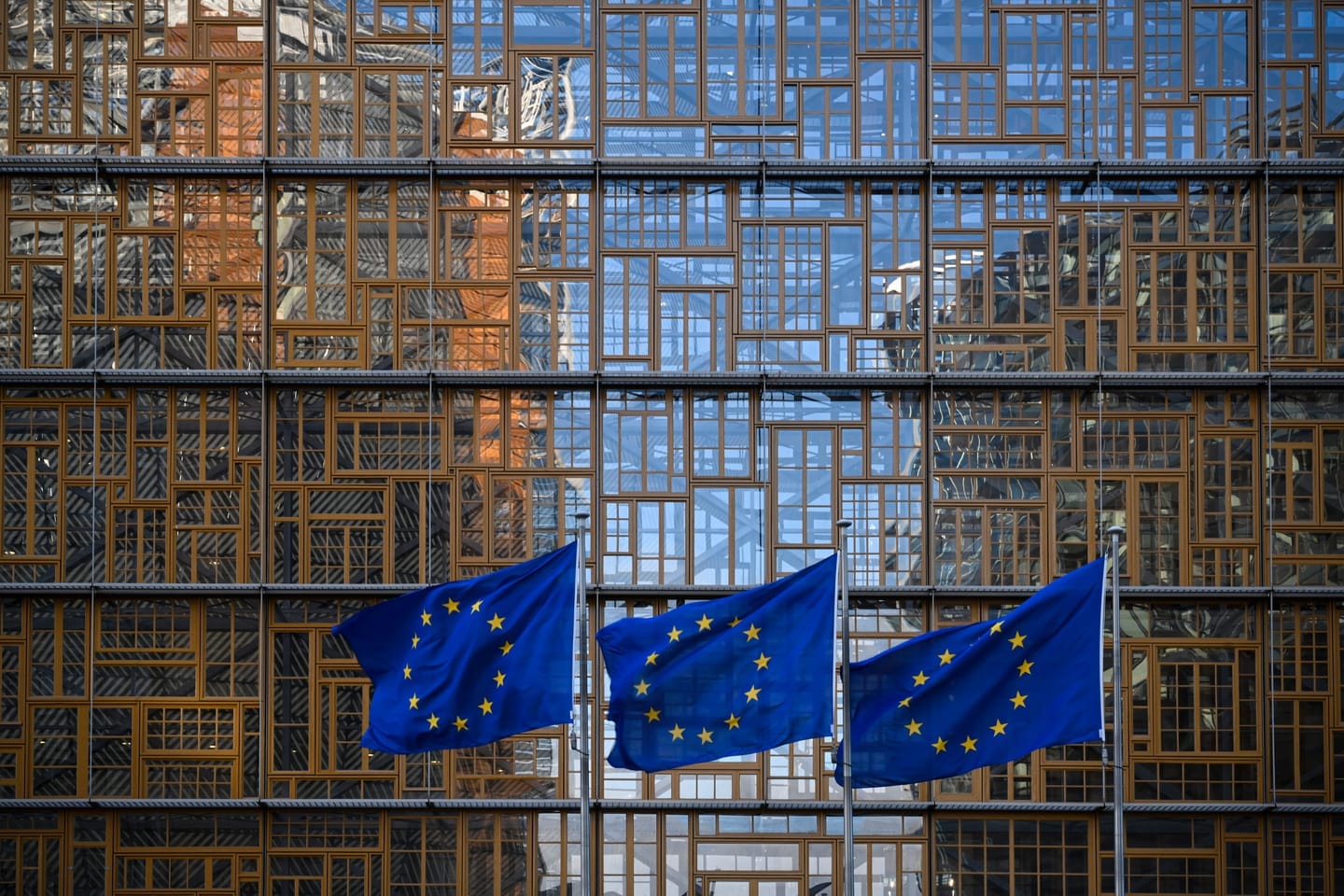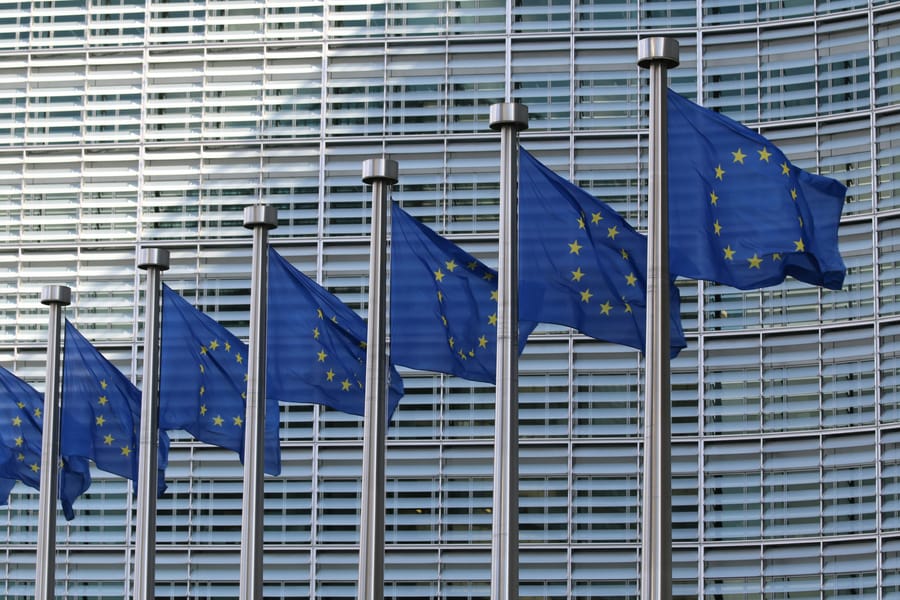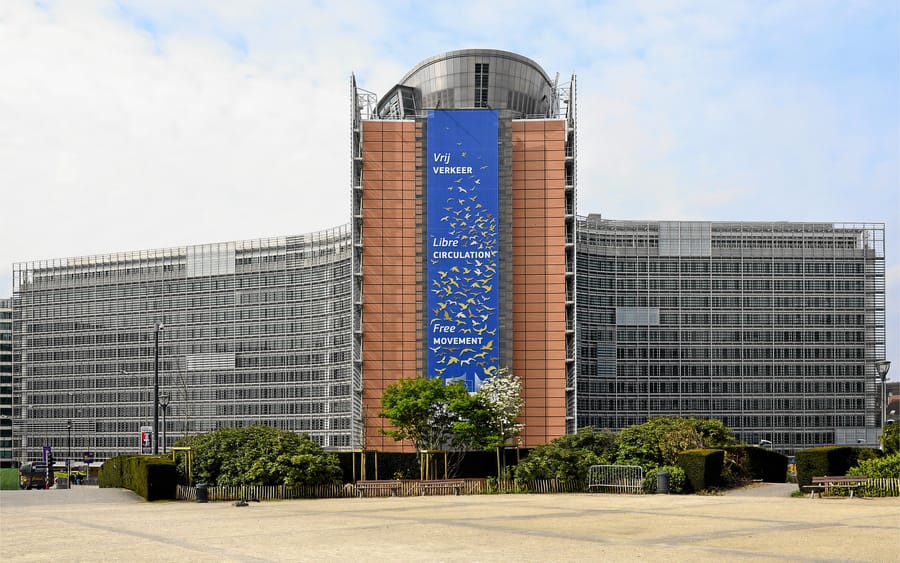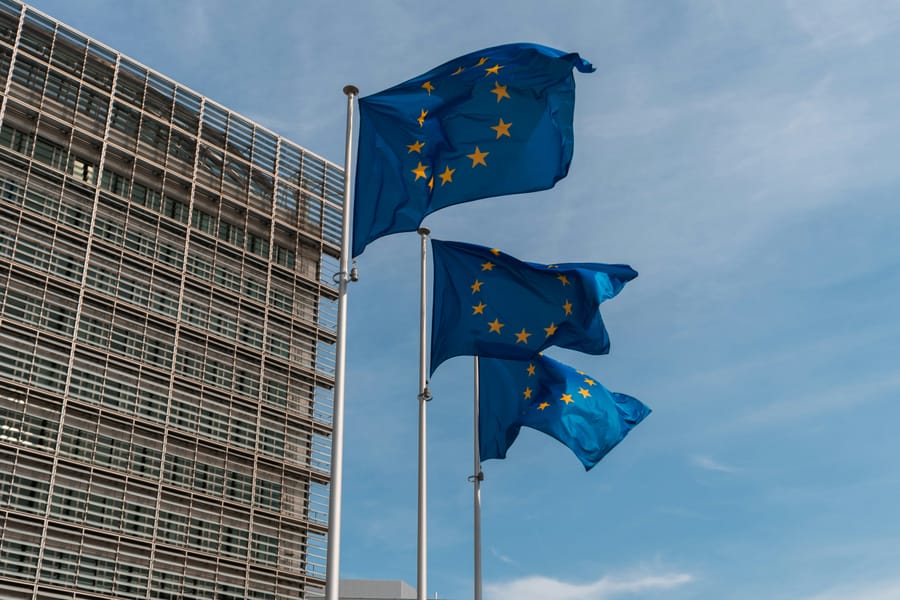The European Union launched the EuroStack initiative on 13th February 2025, offering a comprehensive €300 billion strategy to establish Europe's digital independence over the next decade. The plan addresses the critical situation in which more than 80% of Europe's digital infrastructure and technologies come from imports, causing systemic vulnerability and hindering the region's innovation capacity and sovereignty.
The EuroStack initiative offers a concrete strategy to strengthen Europe's competitiveness, extending to securing critical raw materials, reinforcing semiconductor manufacturing (setting a target of reaching 20% of global supply with centres such as Dresden and Eindhoven), developing resilient digital networks, and creating a sovereign AI cloud. The plan includes establishing a €10 billion European Sovereign Technology Fund for developing open-source, federated systems—distributed, interconnected digital infrastructures that collaborate whilst maintaining their decentralised nature and reducing dependency on a single provider—as well as introducing a "Buy European" law to prioritise domestic technologies. According to Francesca Bria, one of the initiative's leaders: EuroStack is our moon-landing moment—the digital evolution of the euro and the single market, which is a strategic necessity to secure Europe's critical digital infrastructures and supply chains, attract talent, develop indigenous technologies, and maintain democratic values.
The initiative aims to establish Europe's value-driven, citizen-centred innovation leadership, offering a genuine alternative to the American and Chinese models. However, critics, including Marco Fioretti, warn that American interests might excessively influence the EuroStack vision, potentially jeopardising the original goal of European digital independence. For the implementation of EuroStack, they propose creating a European Digital Infrastructure Consortium (EDIC), which would enable member states to effectively pool resources, invest in transformative digital projects, develop common standards, and ensure interoperability within the EU.
Sources:
1.

2.

3.

4.

5.













